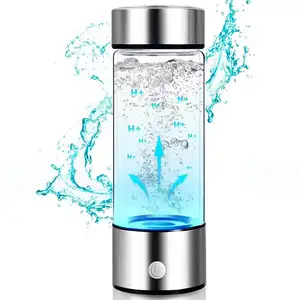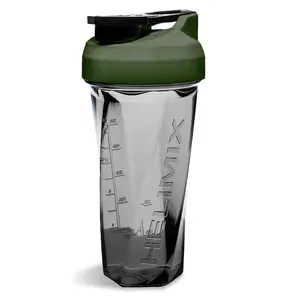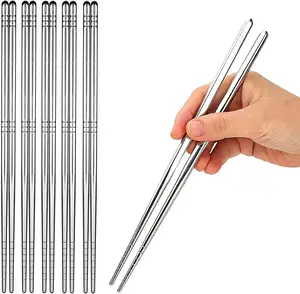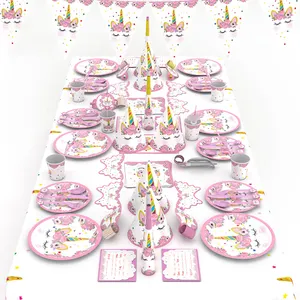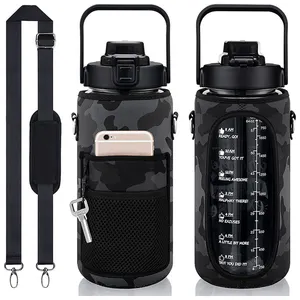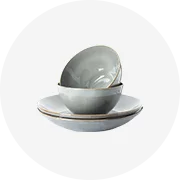Popular en tu industria













































































































































































































Categorías principales
Sobre depósitos de plástico
Renueve su hogar o su entorno de trabajo con lo último. depósitos de plástico con ofertas promocionales brillantes en Alibaba.com. Los. depósitos de plástico tienen todas las funciones esenciales y accesorias que hacen que el almacenamiento y la organización de sus bienes y artículos sea una tarea sencilla de ejecutar. Los materiales resistentes y fiables utilizados en su fabricación. depósitos de plástico hazlos duraderos y se adaptan perfectamente a tus necesidades cuando se trata de almacenar y organizar tu espacio.
Con muchos. depósitos de plástico fabricantes, vendedores y distribuidores en Alibaba.com, hay una amplia selección de modelos y características disponibles. Los pensamientos detrás de sus diseños toman en consideración a numerosos individuos y grupos, asegurando que todas las personas encuentren excelente. depósitos de plástico a su gusto. Los estilos de. depósitos de plástico le garantizan que tendrá la libertad de elegir una opción adecuada según el espacio y el plan de su instalación.
Estos. depósitos de plástico vienen en una amplia variedad de tamaños y materiales, lo que brinda a los compradores múltiples opciones para un almacenamiento óptimo y una administración conveniente del espacio. Dependiendo del tipo y cantidad de artículos que desee almacenar, tiene la seguridad de obtener el más adecuado. depósitos de plástico para usted. Obtenga una excelente personalización. depósitos de plástico ofertas de acuerdo con sus preferencias poniéndose en contacto con mayoristas y distribuidores verificados en el sitio web.
Si está decidido a mejorar sus registros de ahorro al comprar premium artículos al mismo tiempo, pase por estos tentadores. depósitos de plástico en Alibaba.com. No tiene que pagar altos costos por productos de calidad. Utilice estas cautivadoras ofertas y revitalice su espacio de almacenamiento con estilo.
